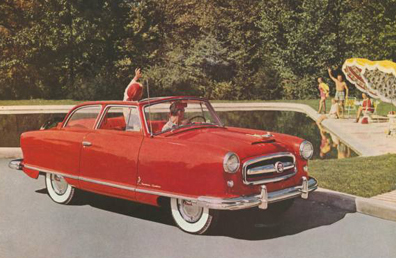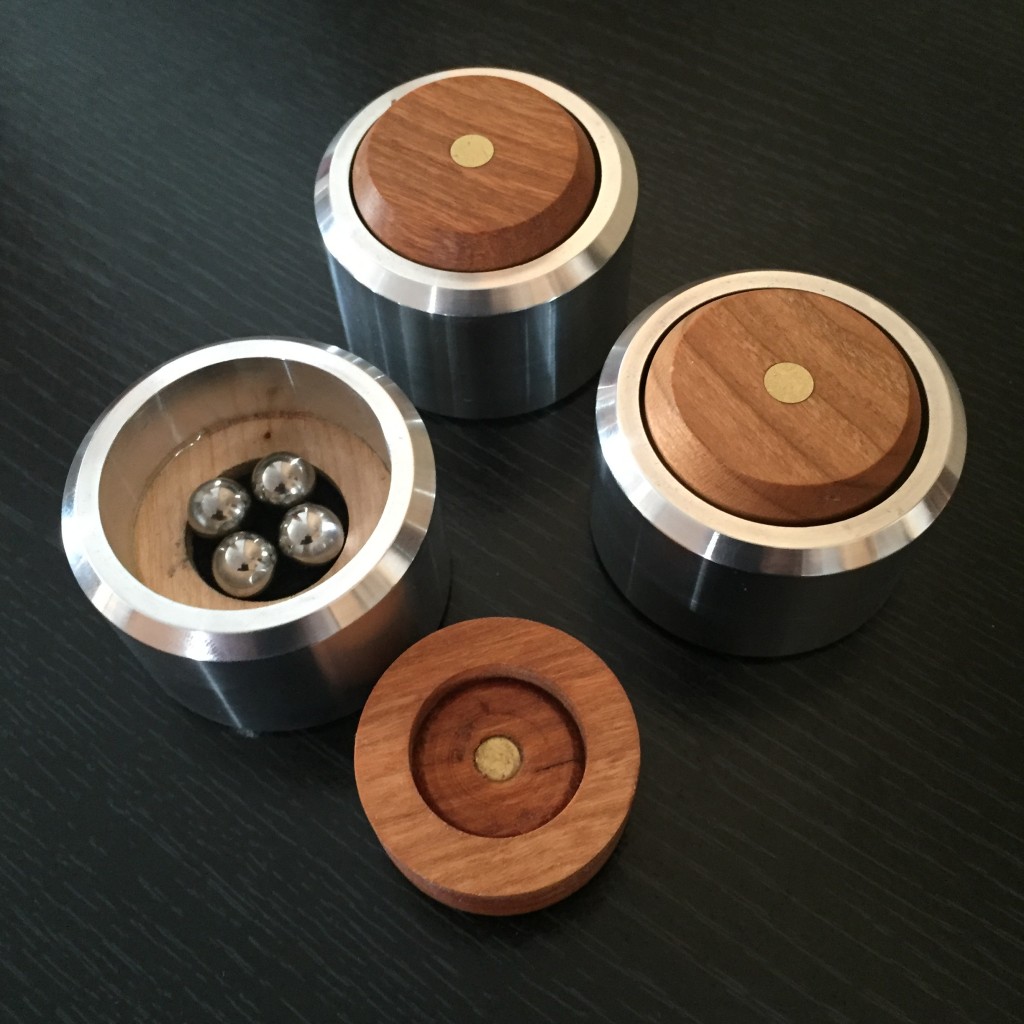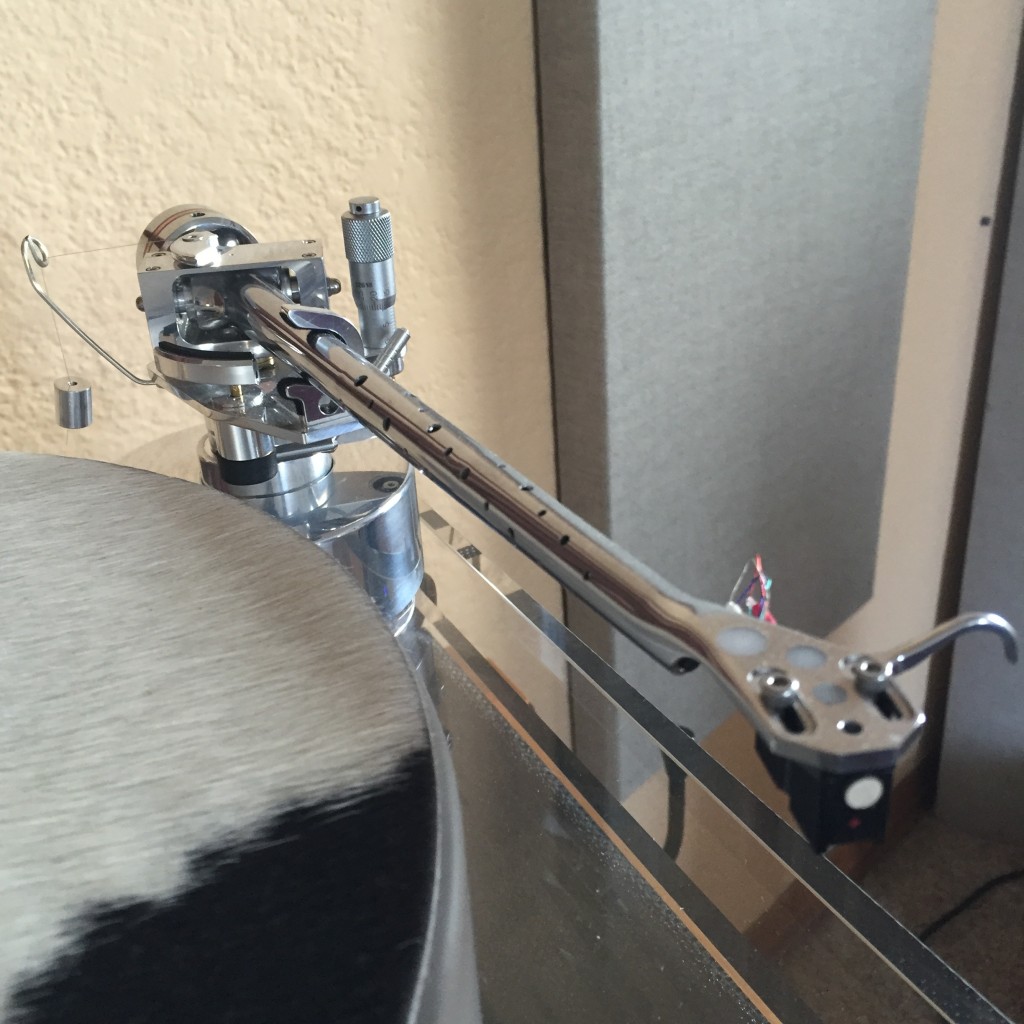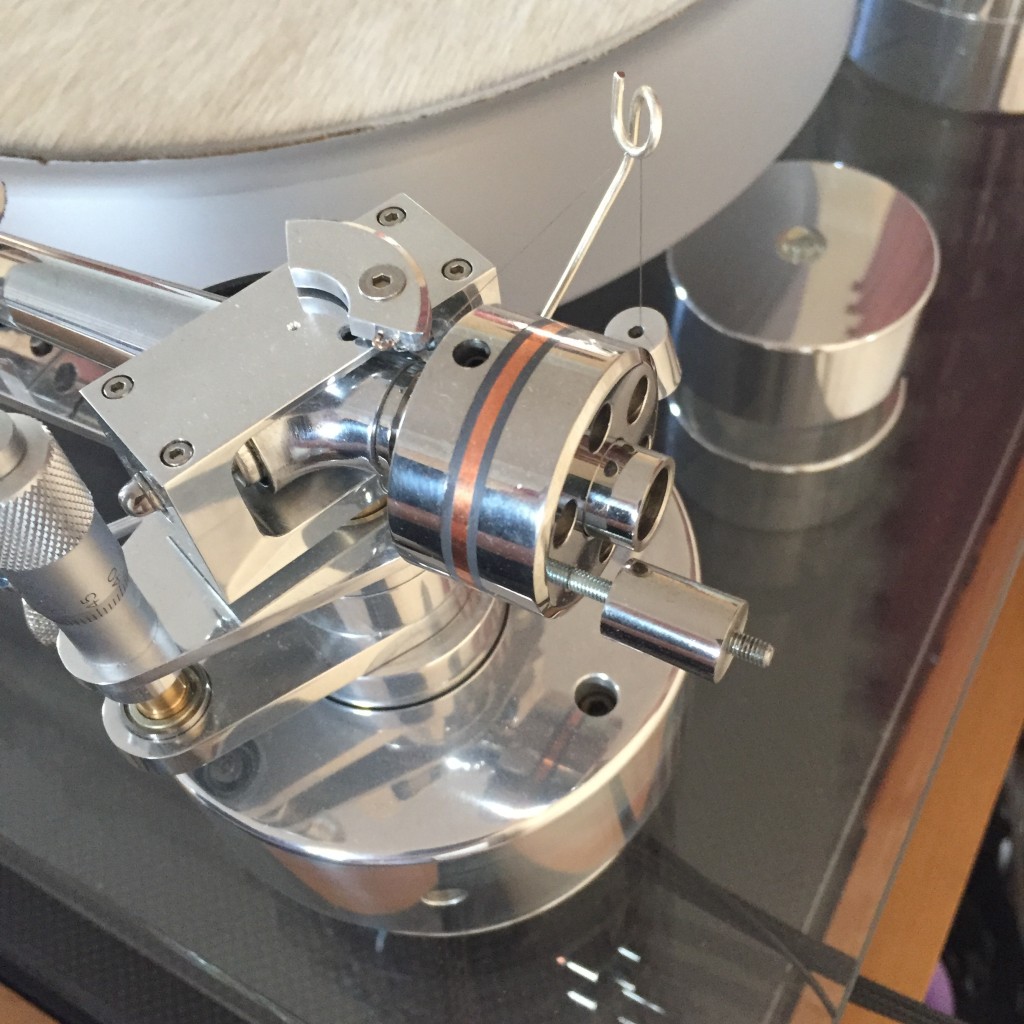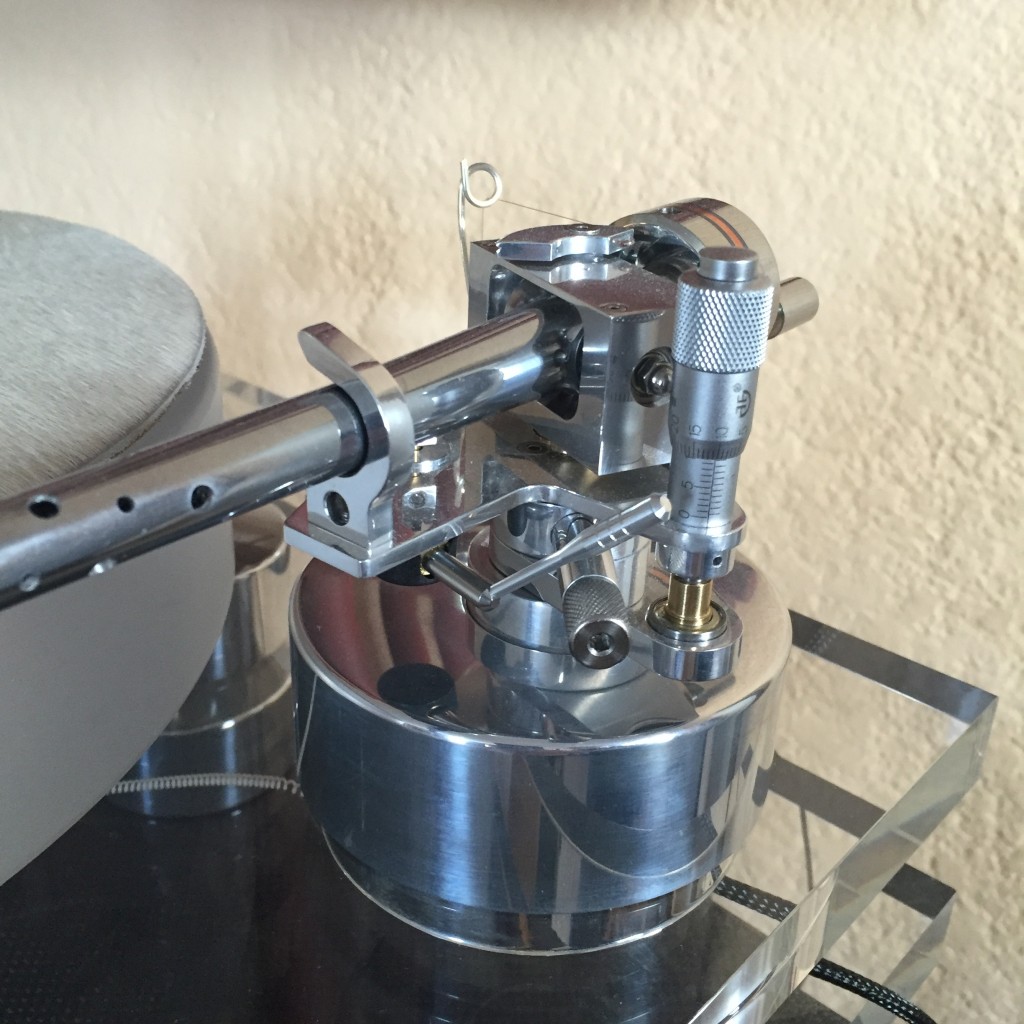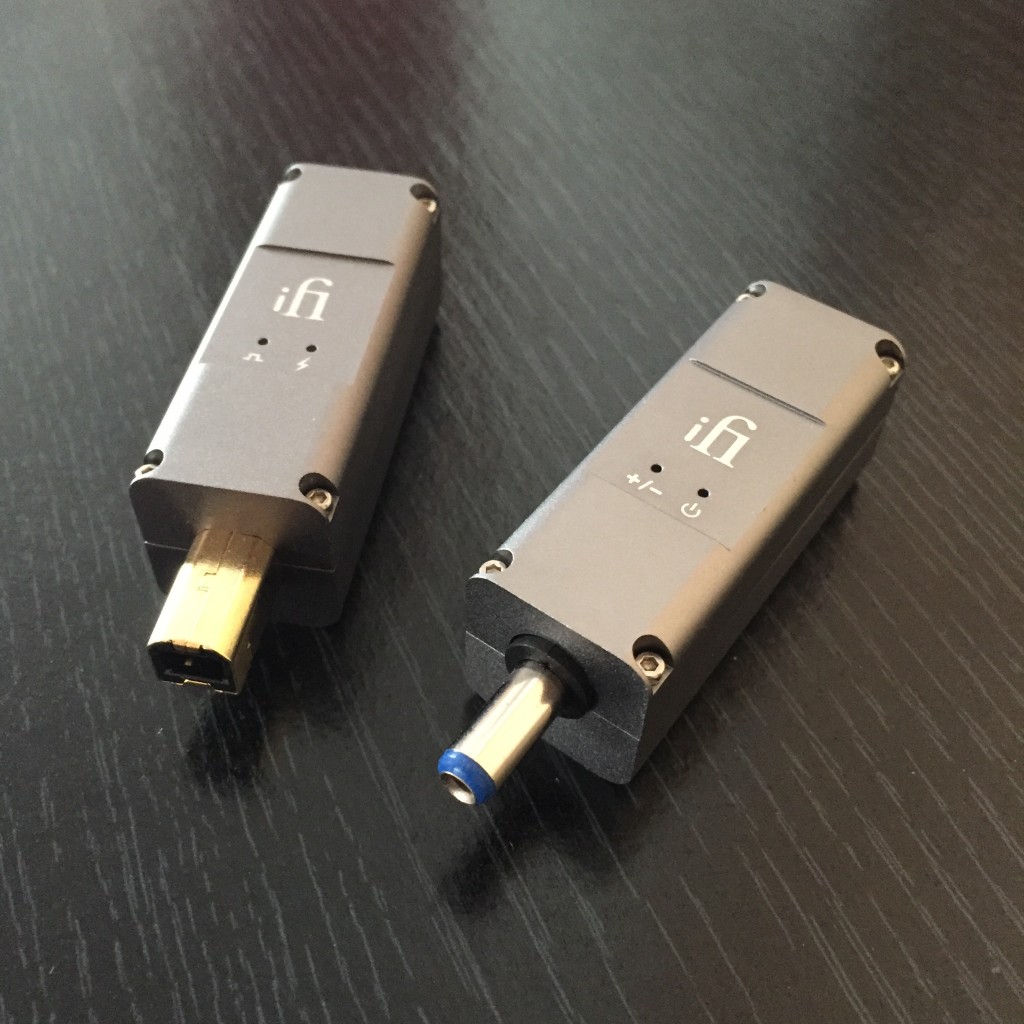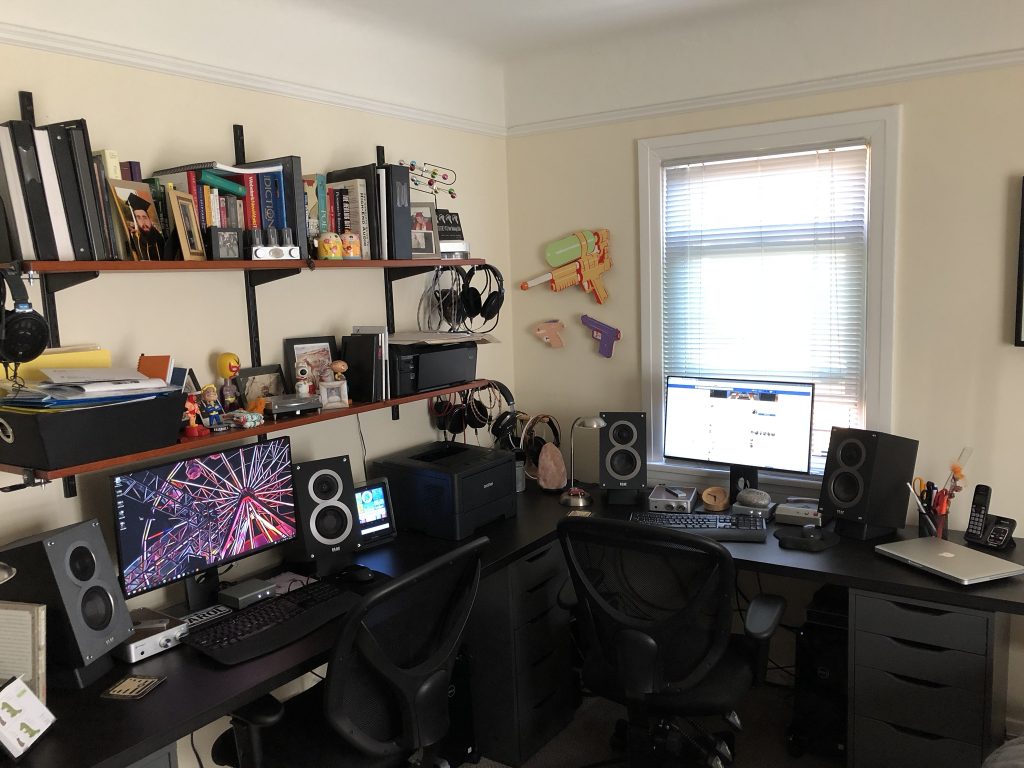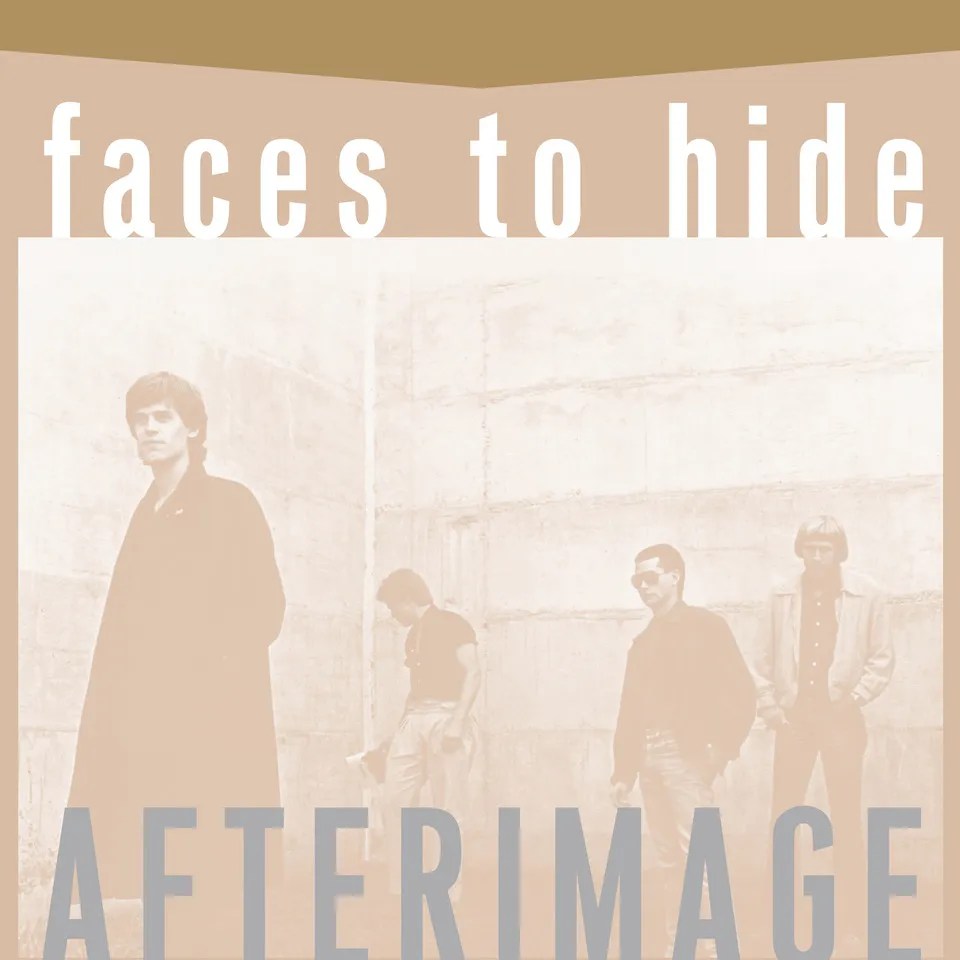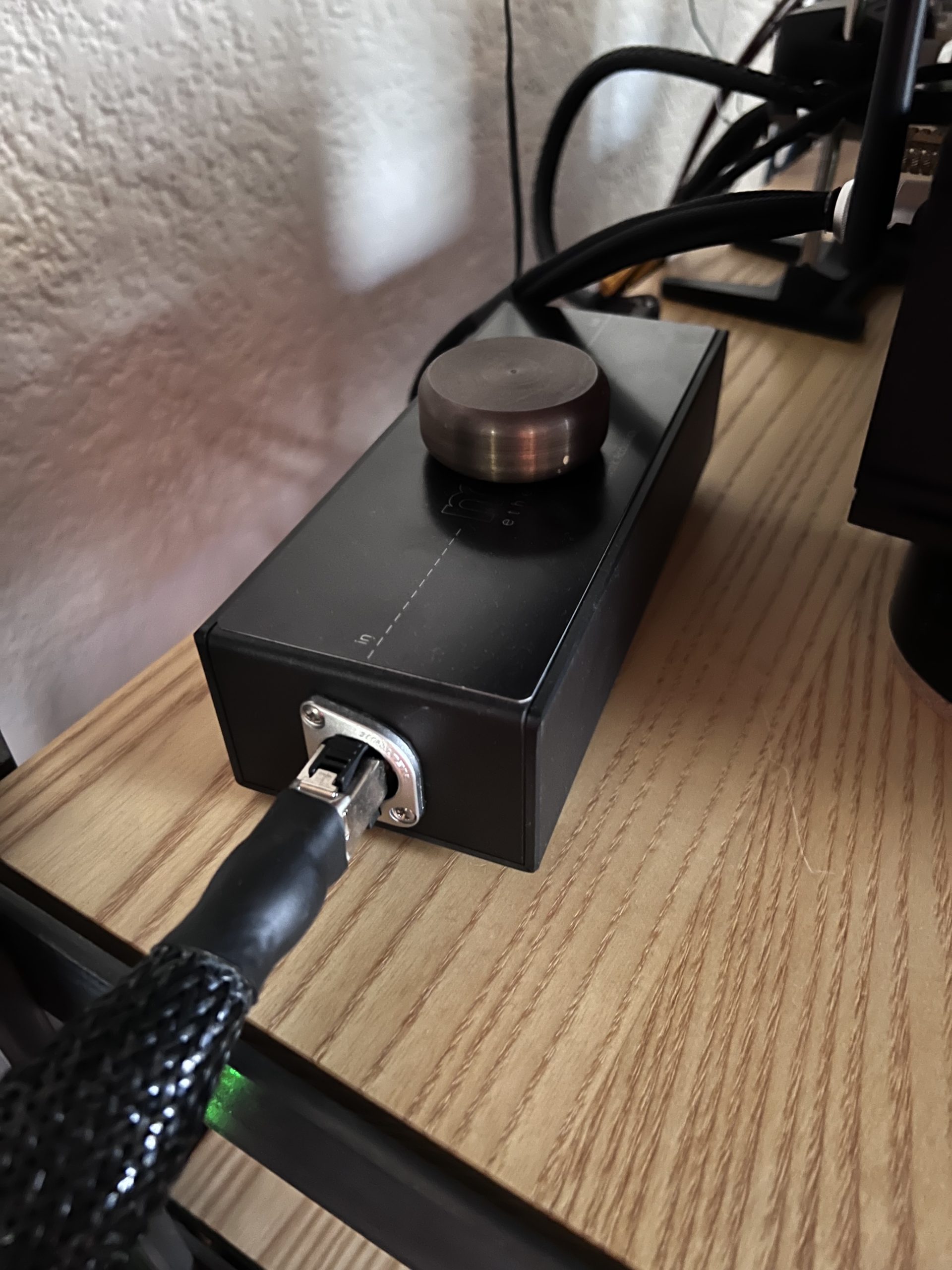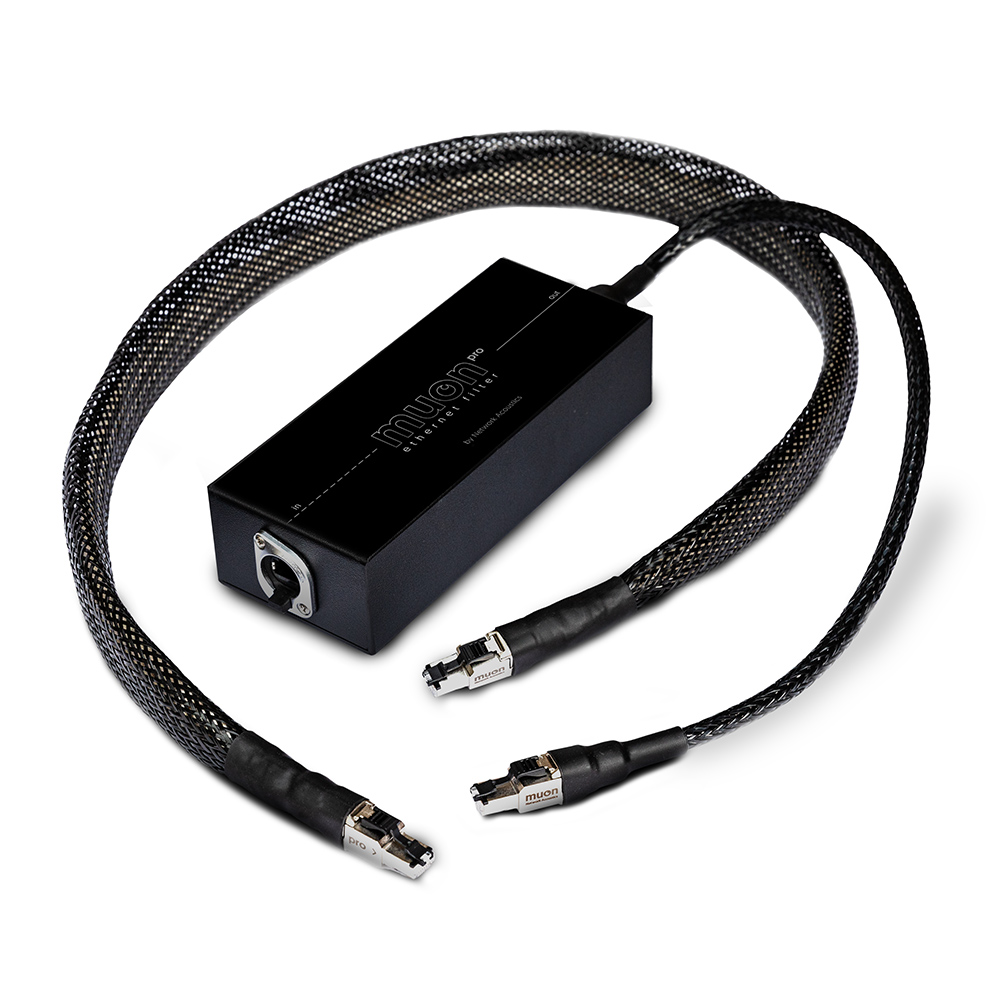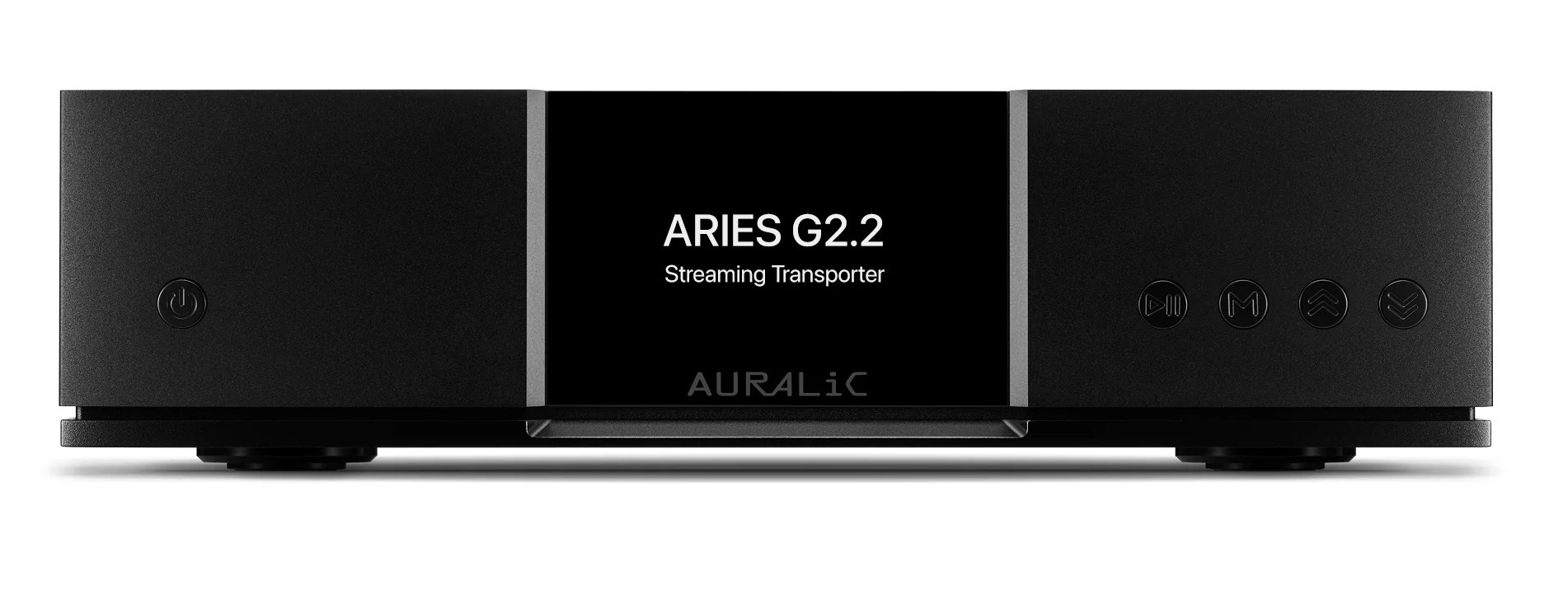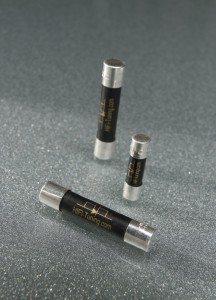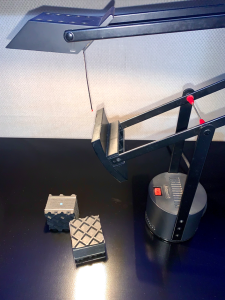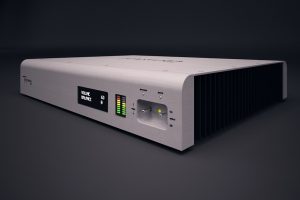So in my last Audio Ramblings, I wrote… "Not sure how this came about, but man do I have a lot of stuff here to review… the PS Audio BHK250 amplifier and their AC12 and AC5 power cables, the Aurender N100H streamer, the Entreq Poseidon Grounding box and cables, several items from Synergistic Research (Black Box, Atmosphere, MiG, and HFT), iFi Audio's new USB 3.0, USB Purifier2, and iDac2 (and their USB cables), audiomods' Micrometer Series Five tonearm (modified Rega 303), USB cables from Audience, JPLAY, Curious, and Sablon Audio, the USB Regen from UpTone Audio, Switch-mode upgrade for the Regen from SBooster, the DiD isolation devices from Daedalus Audio, and the Acoustic Imagery Atsah 500 amplifiers… yikers!
I mean this is simply overwhelming and never-ending and while it sounds fun, it is a lot of work that requires time and listening. Damn it Jim, things have gotten out of control! So my thoughts on how best to deal with this, as people are getting a bit short with respect to patience (and clearly understood), is a series of short bits spending some time with any and all as my brain will allow."
In that that Ramblings I covered the products from Synergistic Research, JCAT, and Acoustic Imagery so now things are that much less overwhelming but then in comes the Quattro Wood CT loudspeakers from Vandersteen and the Direct Stream DSD DAC from PS Audio… crap. Just when I was starting to get out under the stack of review items the next wave hits!
So in this Ramblings I am going to start with the DiD isolation devices from Daedalus Audio. Simply done with a mixture of materials to address resonances (from the Daedalus Audio site…"These devices utilize dissimilar materials to dissipate resonance coupled with bearings to also isolate the electronic component from vibration. Precision made of highly polished billet Aluminum, solid Cherry and Brass with steel bearings.")
Beautifully made at $160 each and well… they work. Clarity and presence are dramatically increased with a qualitative improvement in air and space. I have tried this under several components (I only have three DiDs here so as to building on what they do I am unable to add more and more…) and the changes are consistent: airy, more presence and clarity, extension, openness, etc. Now I can say that providing felt inserts for under the wood 'top' (between the underside of the wood top and four bearings inside) as well as felt for under the aluminum base allows one to tailor their affect to a great degree. I found that using the DiDs minus the felt make the sound too tilted forward and aggressive—especially so with the Quattros, and not nearly as much so with my Reimers. Not in the sense of angry aggressive, but more in the sense of an aggressiveness featuring a hyped presentation that pushed things too forward. Lots and lots of details—and while not the least bit fatiguing it was for me at least, too much that made the music come across as parts and not as a whole. The bass was there, the mids too… all is good here and there, but say from the upper mids and on up… yeah, just a wee bit too much that caused this to stand out. And as I said, this was way more of an issue with the Quattros than the Reimers. With the Reimers, they were magical as configured. Magical too with the Quattros, but as I said, a wee bit too much magic sauce that made things not as right top to bottom. This suggests to me that the Reimers are more forgiving in the upper mids and farther up (Morel midrange drivers and ribbon tweeter) than the more revealing Quattros (carbon midrange driver and tweeter time-aligned/phase coherent). Adding the felt to the underside of the three DiDs' wood 'tops' brought the music through the Quattros way closer to that of the Reimers without losing the DiD's magic. More of a whole now with that continuousness from top to bottom … and what a wonderful whole it is, though perhaps I lost too much of that amazing and intoxicating presence and resolution. What to do? How about leaving one DiD sans felt? That is, I left the felt in two the DiDs (the two towards the rear) while the one front center became feltless. Oh, sweet. All is here but in a perfect balance. I have tried this arrangement under both the PS Audio BHK-250 and DirectStream DAC and the improvement is consistent. Under the Cary SLP-05... well I prefer the music with the DiDs feltless. Okay, let's say that the Cary is warmer and richer as it is tubed (POPE NOS tubes) and the PS Audio and and DAC are say, more neutral; s what I am hearing makes sense. I have two more sets coming… meaning that the DiDs are highly recommended as I want more! Listening to Lambchop's What Another man Spills… uh, so that is what he is singing! Now the song makes sense… well not completely but then that is Lambchop. I have heard this release a 100 times and never caught all the lyrics before. What is this… resolution times 11. For sure different feet or isolation devices will do different things sonically. I still appreciate and use those from BDR, Black Ravioli, Wave Kinetics, Synergistic Research, and so on… they all change the sound in their own way. Universal? Perhaps, perhaps not. For me it is all about seasoning the music to get things just right. Mix and match? Why not. But I find having the DiDs as part of my collection to be paramount to getting the right sound more righter.
The modified Rega arm from audiomods of UK is stunningly good. Specifically the Micrometer arm Series Five (£795 as configured here). Now I would be lying if I did not say that this was not a drop in and play swap all without a hitch… but changing arms on the Transrotor was a real pain in the ass. Not an issue with the Micrometer arm Series Five, but that Transrotor added a heavy threaded stub at the base of the original Rega arm that created all sorts of issues. While it would unscrew from the arm's base, the opening at the bottom where the wires passed through was too small to pull through either of the arm's RCAs. So we had to unsolder both arm's RCAs to pass the wiring. Once done set up was quick and easy.
Audiomod provides everything one needs to set up the arm correctly: tools, bits and prices, etc. Sweet.
So why a new arm for the Transrotor? Well, as much as I love the table I always felt the arm to be the weak link. Not that the stock Rega arm is lacking, but well… I found it to be lacking. Bass slam and extension never came close to what I was getting on the digital versions. Nor was the overall resolution even on par. Yeah I get it, digital can do some things better, but come on! I got the analog sound but wanted so much more. So… the audiomod arm looked like an interesting option.
Now this is not so much a Rega arm as a let's strip it down and redo everything except the arm tube. Well that is redone as well in terms of finish and the drilled holes. Fit and finish is stunningly gorgeous and truth is, for the price… a steal. Visit the audiomod site to get the whole story about what is done and the options one can pick from and the read John Hoffman's review of the audiomod Classic II arm HERE for what the less expensive arm can do for your music.
For my music, the more expensive, but still a bargain, audiomod Series 5 arm did wonders. Now the bass rivals that of digital. For sure it is not quite on equal footing, but it is so much more dynamic and extended with all the slam, decay, and tactile palpability while being as engaging as all get out… the Series 5 trounces the stock arm with every LP I can toss its way. Same with extension and presence. Same with richness and clarity. Same with resolution and air. Same with space and timing. My vinyl collection is new.
Albums used here are the latest two from Pil (What the World Needs Now... and This is PiL), the Swans' To be Kind and The Seerer, the Notwist's The Messier Object, Flying Lotus' Los Angeles and Mogwai's Rave Tapes… and many others.
Quibbles? None. Zero… the Series 5 arms is not only a thing of beauty but a way to access the beauty within the grooves of your vinyl collection. For sure I am buying more music as a result. Mate it with the Channel D Lino phonostage (reviewed HERE) and you got a killer vinyl rig.
Oh, talking about the Channel D Lino phonostage, want to raise its performance just that much more? As good as, and it is good, the Lino's DC power supply's output can be improved upon by adding the iFi DC iPurifier (HERE) to the input on the Lino. Dramatic? No, but not really subtle either. A nice "across the board" improvement heard in terms of resolution, air, and space. Smoother too. Not sure I want to use the terms 'grain' here, but yeah… a result of less noise or whatever? Perhaps though I know Rob at Channel D went out of his way to address any noise from a switch mode power supply by what happens inside the Lino, but damn it Jim, the music is just that much better with the iFi DC iPurifier ($99). I have not tried it on other SMPS powered devices, but that will be next…
Of course you get much the same result, though coming from a different source with the iFi USB iPurifier 2 which is meant address noise and a whole lot more in the USB pathway. Now this is a Swiss Army knife sort of thing in that not only does it address noise in the USB signal, but it also reclocks, regenerates, and 'rebalances' the signal. I am not technical so I will leave this to the engineers/designers and arm chair experts to work this out… for me either the music is better, different, or worse.
I have found that using the USB iPurifer 2 ($109) my music is smoother and more resolving with less whatever getting in the way. Yeah, it makes a difference—very engaging and quite universal with any DAC I have tried it with. Well let me clarify that a bit. Every DAC I have tried it with sounds better with than without, though the level of improvement does vary to a great degree. With the DEQX it was a nice step though the step was less than heard with the Playback being feed S/PDIF from the Sonicweld Diverter (I have one of the last ever made being the best ever made period). Here the improvement was not so subtle, but then the Diverter receives its power from the USB whereas the DEQX powers its chip via its own power supply. The jury is still out on the PS Audio Direct Stream DAC where the Regen appears to be doing well and the Regen did quite well on the DEQX. The iFi USB iPurifier 2 is a winner and highly recommended. But one can expect similar results with the Audioquest Jitterbug and as I mentioned already with the Regen from UpTone Audio. They all appear to be similar though they all approach things differently but in many ways have similar effects to the music. More engaging, cleaner, more resolving… cool.
As an aside, the DEQX PreMate + is a stellar product that exceeds the earlier version. Great as a preamp, DAC, and speaker/room correction all-in-one... is stunningly good. Could not live without it here as mated with the Reimers.
I have the Jitterbug at the output on the Mac Mini and yeah, it does a lot to make that closer to what I hear from say either the Auralic Aries or the Aurender N10 when ran without anything to clean up the USB signal. For sure both of these streamers run circles while laughing at the Mac, but then that is what they do: simply better in every way musically over that of a computer.
I want to close this chapter of Ramblings with a few comments on USB cables. I have here the latest from Audience and WyWires (plus two that have yet to work their way into the chain—Anticables's USB offering and that from Australia's' Curious Cables—have both the USB the tail for the Regen… uh, get one if you use a Regen, no brainer. Want to hear the Regen at its best? Smoother with more resolution. Music! $120) and can say that all of these will impress in what they do. For sure there are differences but these tend to be, for me at least, slight shifts here and there. More like subtle character traits or personalities that separate them apart from one another. The WyWires ($899) is perhaps more tonally neutral, whereas the Audience Au24 SE ($945) likes to goose things a wee bit in the midrange. Both excel at everything… especially musicality and expression.
More on these later… with more on more later too!




